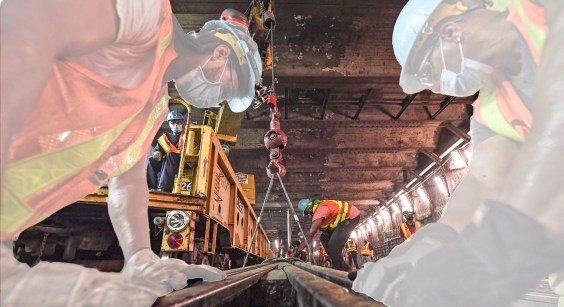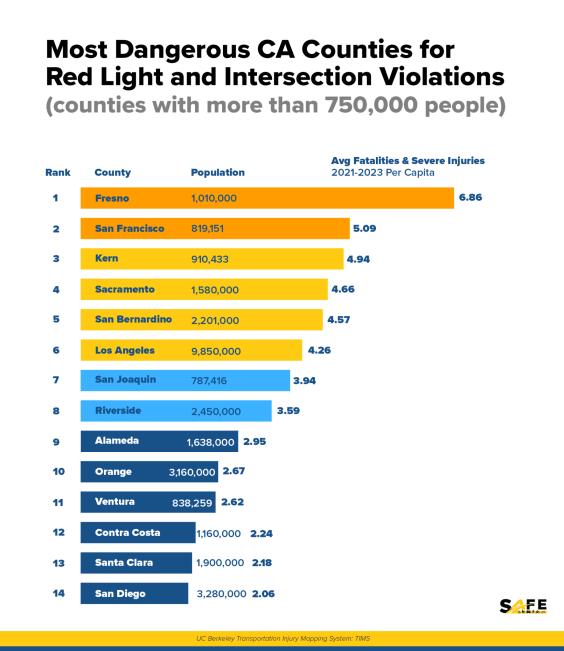There’s been a lot of adulation heaped upon the TIFIA loan program lately. Both houses of Congress are ready to increase funding for the program nine times over, from $100 million to $1 billion a year – despite warnings from outside groups that there may not be enough eligible projects to use up all that money.

The TIFIA program has been around since 1998 but money pressures have led to a steep uptick in applications over the past few years. Some have criticized it for its lack of transparency in decision-making and suggested that it might be more effective housed outside of USDOT and functioning independently.
“Is TIFIA the first perfect federal program?”
Nevertheless, Congressional Republicans have thrown their full support behind the program, mainly as a counterweight to the president’s proposed infrastructure bank. Consistent with their desire to limit the growth of the federal bureaucracy, they resist the idea of creating an entirely new entity, even though the bank would be independent from the government, a la the Export-Import Bank.
There are two competing infrastructure bank bills in the Senate and a new one introduced earlier this weekin the House. The Senate is planning to vote next week on a bill to spend $50 billion on infrastructure with another $10 billion in seed money for a bank – pieces of President Obama’s jobs bill, which has been dismembered for separate votes. Next week’s bill isn’t expected to pass. Indeed, many members think TIFIA is the way to go.
At a House Transportation Committee hearing earlier this month, nearly every Republican present spoke out in favor of expanding TIFIA instead of creating a new bank. Chair John Mica asked why a bank was needed when “we have a successful example” in TIFIA.
One of the things that the infrastructure bank can do is enter into long-term relationships with people who have decade-plus-long plans. They’re trying to finance a plan. What Washington knows how to do is finance a segment of a project. The current TIFIA process does not allow us to do that.
- Roy Kienitz
Highways and Transit Subcommittee Chair John Duncan (R-TN) went as far as to ask, “Is TIFIA the first perfect federal program?” He noted, “Everyone has had glowing comments about TIFIA, and it’s a program that I support as well.”
Geoffrey Yarema of Nossaman LLP (a law firm specializing in public-private partnerships for infrastructure projects) told Duncan TIFIA wasn’t perfect but that it did have 12 years of solid experience. He suggested it be “right-sized” by adding staff and he wants to “change it from a discretionary decision-making process that has the potential for being politicized – and some would say the reality of being politicized – to a first-come-first-served program.”
That change, however, would eliminate the part of TIFIA reformers like most: The fact that it has the power to encourage innovation and goal-oriented, performance-based strategic transportation planning.





